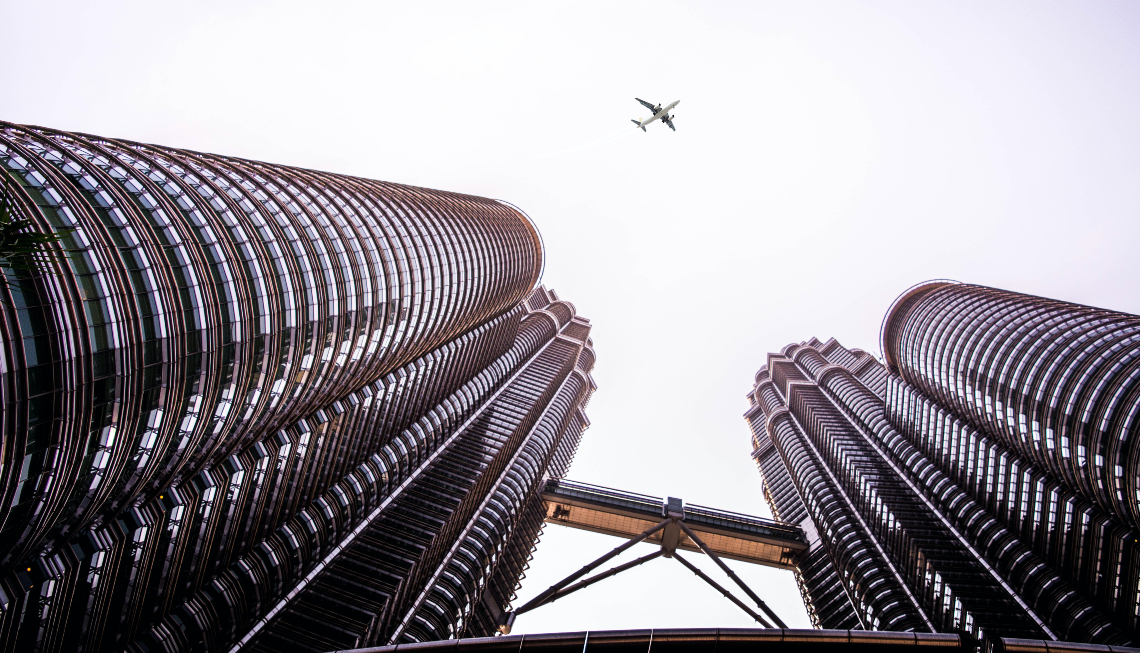Interview with Rushdi Abdul Rahim, Senior Vice President of Malaysian Industry-Government Group for High Technology.
By Sean Nolan
So far, The Simpsons has accurately predicted a virus outbreak, the election of Donald Trump, and a Game of Thrones plot twist. Governments unfortunately don’t have the same uncanny ability to foretell the future, but many are working to prepare for the possibilities.
Malaysia has set up a dedicated unit within the prime minister’s office to scan for future challenges and opportunities. Corruption and manpower shortages will be key issues the nation will have to grapple with, says Rushdi Abdul Rahim, Senior Vice President of the Malaysian Industry-Government Group for High Technology (MIGHT).
Rushdi shares how tech may address these challenges, and how citizens can play a role in building Malaysia’s future.
Tackling corruption
As the Malaysian government relies more on digital public services, online platforms would become more valuable targets. IT systems managers would then be at high risk for corruption, predicts Rushdi.
Automation will be critical in future efforts to tackle corruption, he notes. It speeds up processes, makes them more transparent and reduces any risk from human involvement. The Malaysian government’s National Anti-Corruption Plan has pinpointed automation as one of its key tech tools.
The Plan also highlighted blockchain as a potential solution. As all parties on the blockchain must verify a transaction, irregularities caused by corrupt practices are less likely to be successful, Rushdi explains.
Anti-corruption technology may draw the attention, but the solution would not have been found without considering the future. Governments must realise “essentially there exists more than one future”, says Rushdi. “You can’t be launching a policy every two years.”
MIGHT assesses the consequences of varying futures, providing the best chance for the government to prepare effectively. His organisation has considered a change in government where the appetite for anti-corruptions efforts may differ, he states.
Manpower changes
Malaysia will also have to fill manpower gaps, Rushdi says. MIGHT anticipated that the cost of labour in the country will rise. “We were going to lose our productivity edge compared to other countries,” he adds.
This drove the nation towards automation and robotics in its labour-intensive industries. This has “bore fruit” this past year, helping some factories tide through the pandemic lockdown, he points out.
Citizen-led opportunities
What does the future of Malaysia look like? Rushdi is particularly excited about citizen-led movements.
When Covid-19 hit Malaysia, the hashtag #KitaJagaKita, translating to “We Take Care of Us” went viral. Citizens set up barriers and created safe distancing measures at busy sites like places of worship. A website, taking its name from the hashtag, has now been set up to direct donations to areas in need.
“Rather than wait, we let the community take care of the community,” says Rushdi.
Neighbouring countries have seen similar trends. Citizens in West Java, Indonesia, crowdfunded to buy masks and protective equipment for medical staff. A team of volunteers in Yogyakarta has built a Covid hotspot map based on GPS and postal codes.
By assessing the consequences of multiple futures, governments can start to get an idea of what is to come. For a nation expanding its digital services, MIGHT provides a glimpse at the potential challenges and opportunities that technology brings.
Source: govinsder.asia

